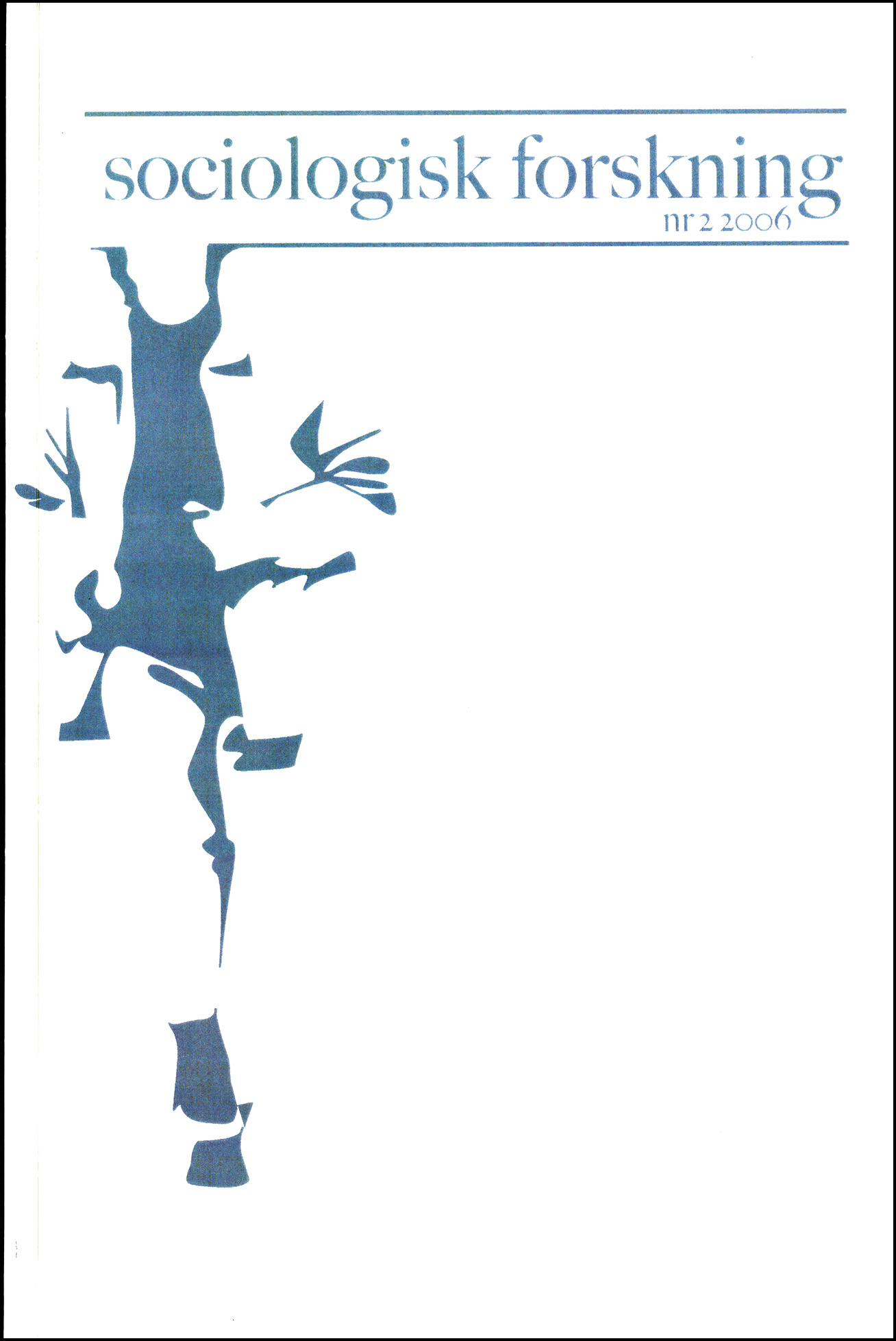En svensk arbetslinje för det tjugoförsta seklet
DOI:
https://doi.org/10.37062/sf.43.19302Keywords:
labour market policy, full employment, collective agreements, redundancies, structural change, deregulationsAbstract
The Swedish model for full employment is under reconstruction. Increasing unemployment rates and sick-leaves is challenging traditional Swedish labour market policies. At the same time new institutions and actors have entered the labour market. Nowadays, half the Swedish workforce is covered by collective agreements on how to manage redundancies due to structural changes at workplaces. In the future these new institutions will influence the role of traditional actors such as the governmental Labour Market Board and the Employment services offices. Neo-classical economists have recommended lower levels of unemployment insurances and social security to manage the problems. Contrary to these economists we argue that the solutions put forward by new collective agreements, institutions and actors show that the Swedish model can be developed. In the article this new institutional infrastructure of insurances, temporary work agencies, security funds and collective agreements that has emerged during the last decade is described. If the heavily centralistic labour market policy could be replaced by new efforts of different actors on local and regional level the Swedish labour market model could be filled with a new content in line with the demands from a modern working life.
Downloads
Published
How to Cite
Issue
Section
License
All content in Sociologisk Forskning is published with immediate open access, under the Creative Commons license CC BY-NC-ND 4.0.
All content may be read, downloaded, shared and printed for non-commercial purposes, free and without fees. Contents may not be altered. When content is reused, author, source and a link to the copyright licence must be provided. The author retains copyright to their content. No publication fees are charged.





